Reportar esta entrada
Más sobre la misma comunidad-colección
Clase Loretto del 65 Reunión 40a
In Juarez Loretto class of 65 celebrating 40th reunion. Sitting ...
Fundación de Salud Paso del Norte - Vídeo
Celebrating 20 years of improving the health of the people ...
Dr. Verghese da encabezamiento al PdNHF celebración del vigésimo aniversario
Dr. Abraham Verghese comes back to El Paso to celebrate the Paso ...
Fundación de Salud Paso del Norte conmemorando 20 años
Paso del Norte Health Foundation was established on September ...
Banderas de la Fundación de Salud Paso del Norte
Paso del Norte Health Foundation’s Proud Partner - Sierra ...
Banderas de la Fundación Paso del Norte
Celebrating 20 years of health leadership on the border. ...
La familia Muñoz fuera de su casa de Virginia St. - El Paso, Texas
Grandparents, great-grandparents, and aunts hanging outside ...
San Francisco Bar & Grill - El Paso, Tejas
My friends and I were part of the 1996-1997 W.H. Burges High ...
Graduacion de la escuela secundaria W.H. Burgess 1997
Proud graduate in Top 10% (which is why I'm wearing white) and ...
Bautismo en la iglesia Our Lady of Guadalupe
Ricardo & Gloria Macias with their daughters Nancy and Vanessa ...

















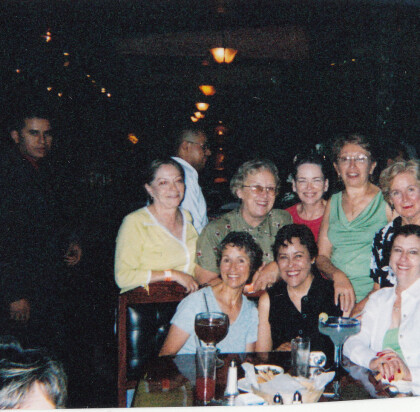
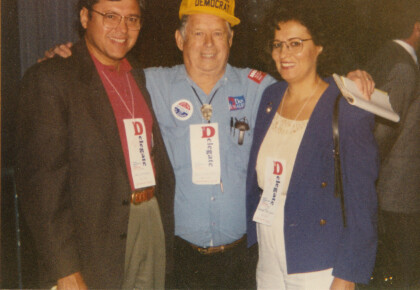
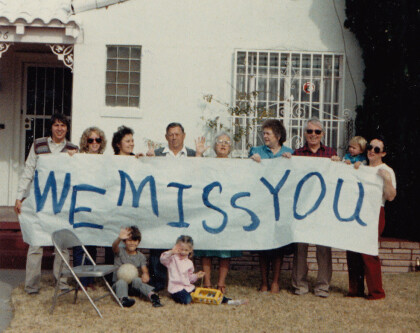
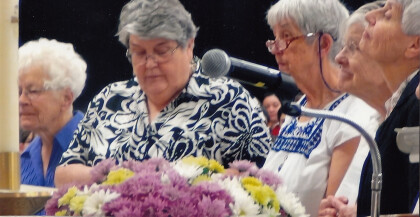
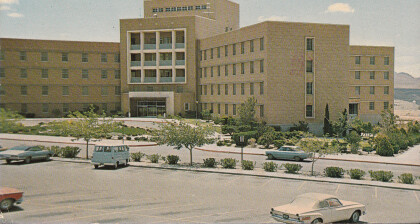
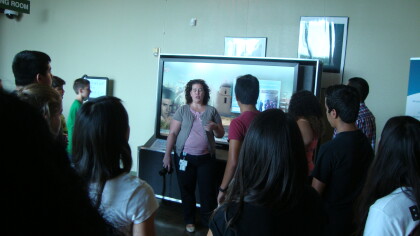
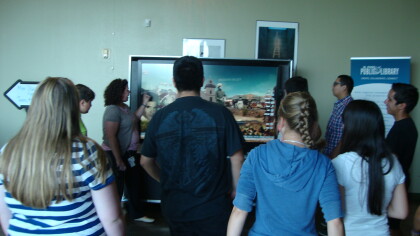
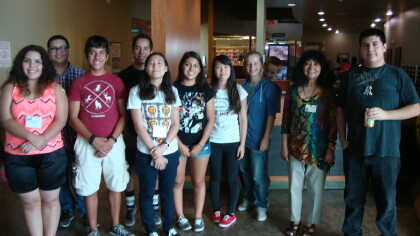
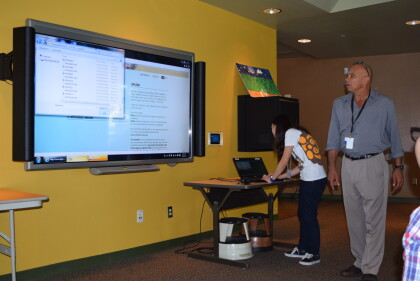
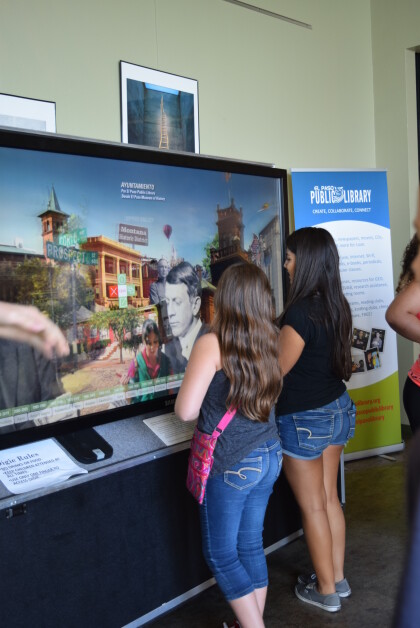
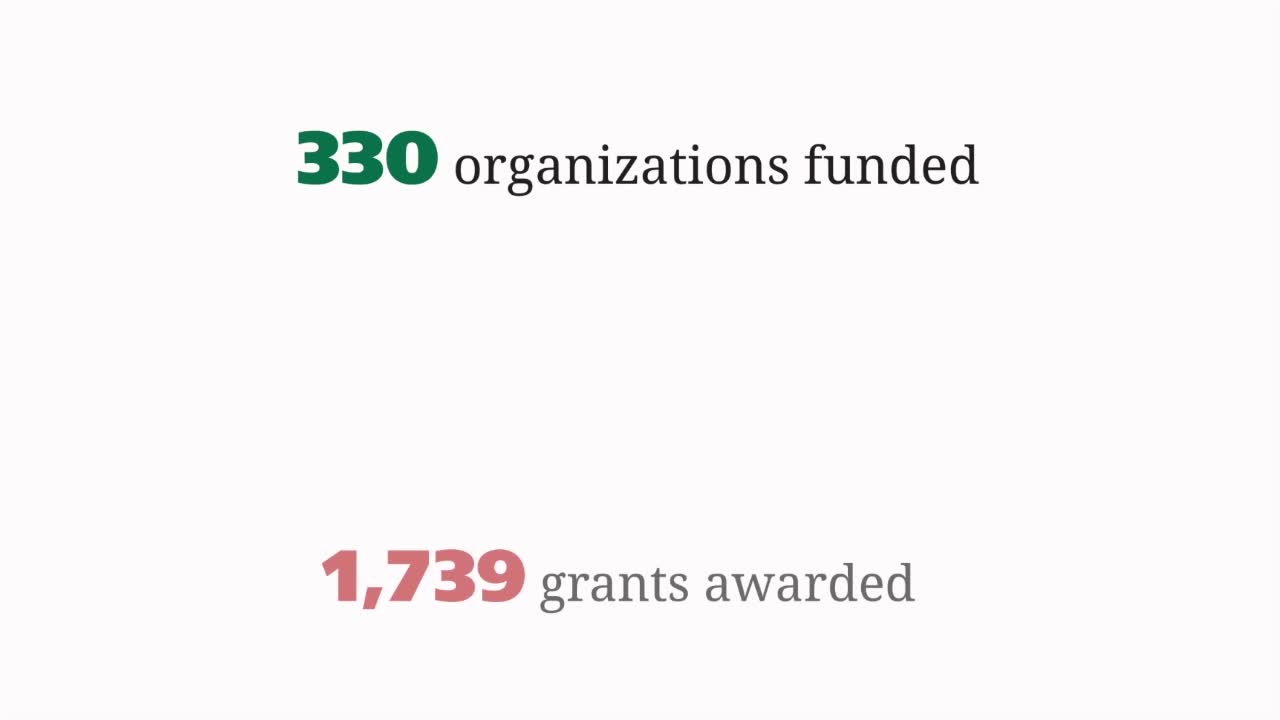
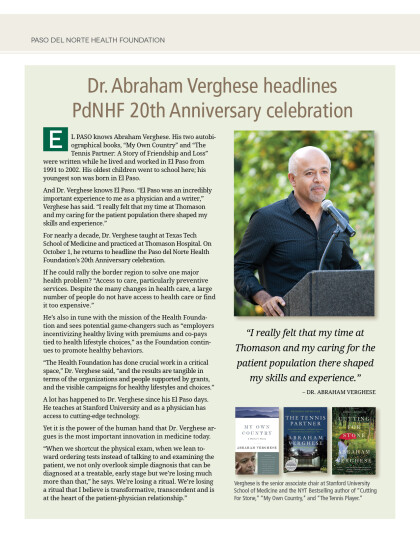
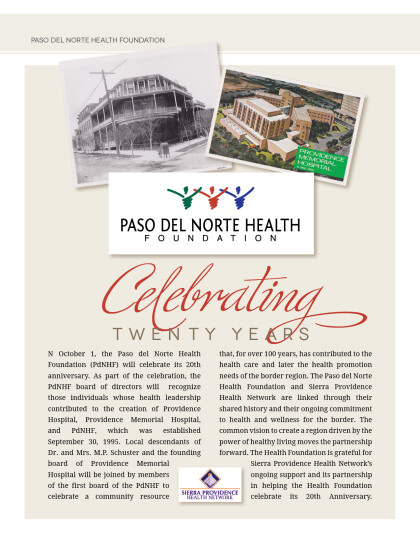

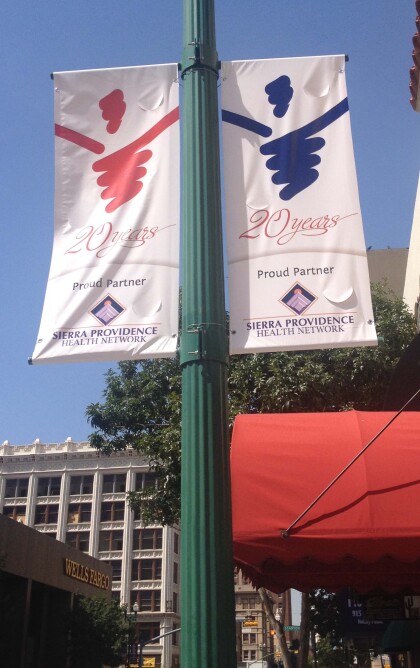
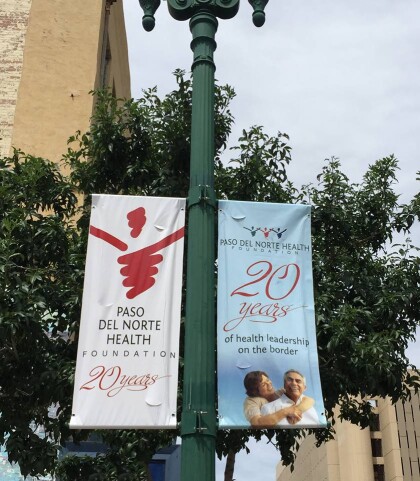

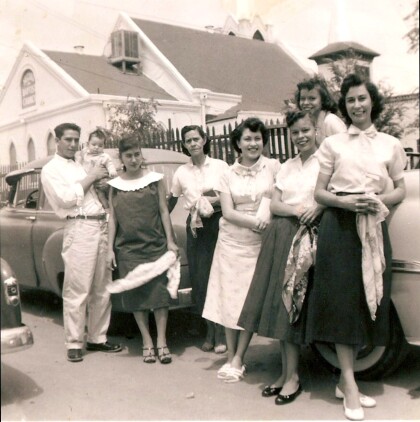
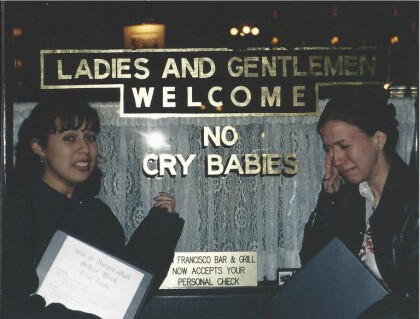
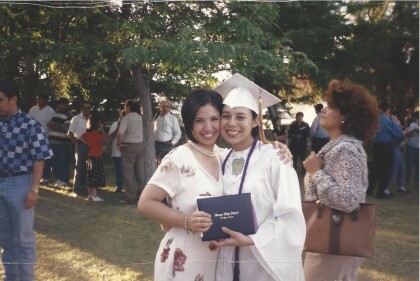
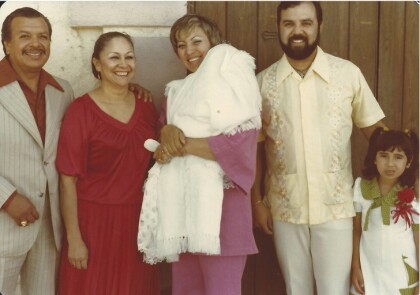
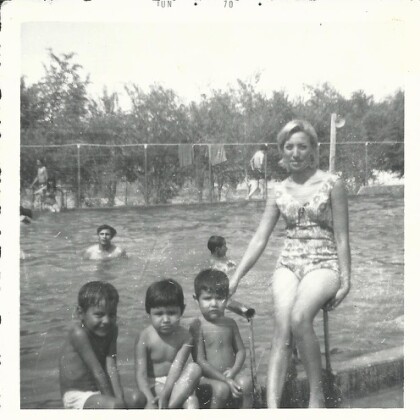
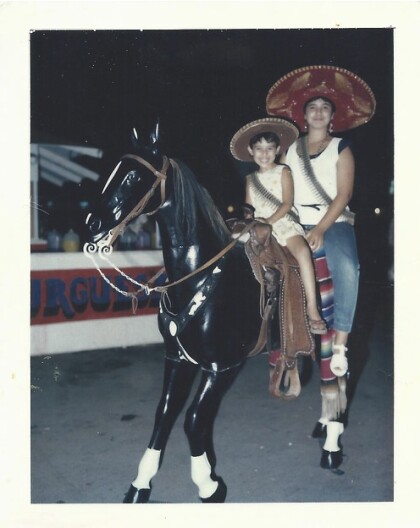
Comentarios
Hacer un comentario